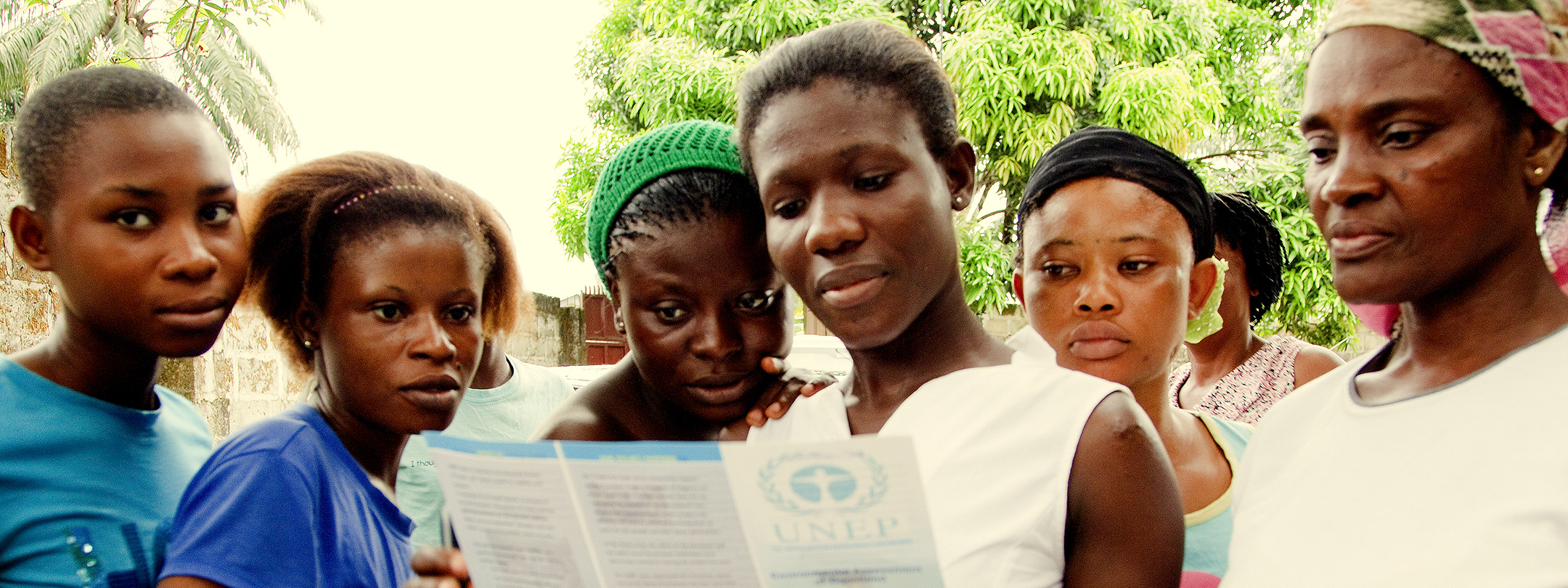Gorillas in the Midst: Assessing the Peace and Conflict Impacts of International Gorilla Conservation Programme (IGCP) Activities
Publisher: IISD
Author(s): Anne Hammill & Alec Crawford
Date: 2008
Topics: Assessment, Cooperation, Monitoring and Evaluation, Programming, Renewable Resources
Countries: Congo (DRC), Rwanda, Uganda
Conservation work in conflict zones and across international borders has impacts on more than just wildlife populations and their habitats; it can also have a profound effect on the peace and conflict dynamics in a region. For example, while the International Gorilla Conservation Programme (IGCP) implements activities with the primary objective of conserving mountain gorilla populations and habitat, anecdotal evidence suggests that these activities have also improved communication and dialogue among different authorities in the region, thereby fostering relationships and cooperation that are fundamental to peacebuilding. Conversely, decades of experience have shown that conservation interventions can cause tensions and contribute to conflict. This is especially portentous in conflict zones, where any external intervention can unintentionally fuel tensions and conflict by sending the ‘wrong’ message or entrenching perceived inequities.
As a result, IGCP sought a more detailed and systematic understanding of how their conservation and development activities affect peace and conflict dynamics in the Great Lakes region. In order to ensure that they do not inadvertently exacerbate the conflict dynamic but instead actively contribute to peacebuilding, IGCP contracted the International Institute for Sustainable Development (IISD) to conduct a Peace and Conflict Impact Assessment (PCIA) of some of their field operations.
